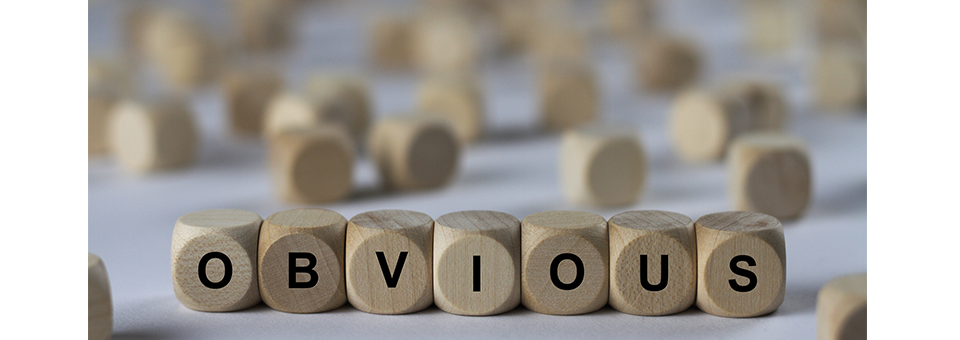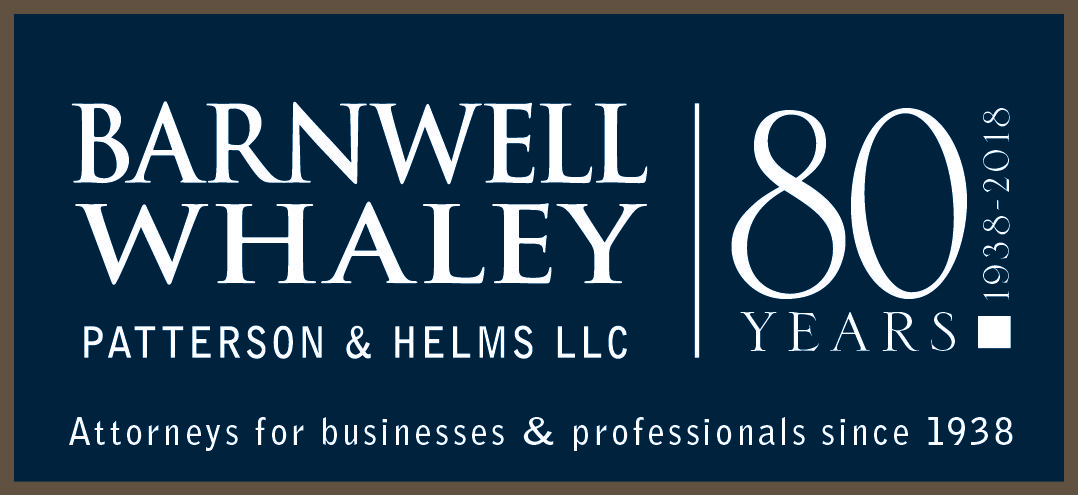
REGENTS OF THE UNIVERSITY OF CALIFORNIA, UNIVERSITY OF VIENNA, EMMANUELLE CHARPENTIER, Appellants v. BROAD INSTITUTE, INC., MASSACHUSETTS INSTITUTE OF TECHNOLOGY, PRESIDENT AND FELLOWS OF HARVARD COLLEGE, Appellees
No. 2017-1907
Fed. Cir. Sept. 10, 2018
Opinion by Circuit Judge Moore with Chief Judge Prost and Circuit Judge Schall.
This is an appeal from a decision of the PTAB (“Board”) in an interference, a soon to be obsolete proceeding. The PTAB determined there was no interference-in-fact between the claims of Appellants’ patent application and the claims of twelve patents and one application owned by Appellees. The issue in the case was whether “the subject matter of a claim of one party would, if prior art, have anticipated or rendered obvious the subject matter of a claim of the opposing party and vice versa.” See 37 C.F.R. § 41.203(a). The Court noted that “[w]hen an interference-in-fact turns on whether one set of claims renders obvious the subject matter of another set of claims, the standard of review mirrors that in an obviousness review” and that “[o]bviousness is a question of law based on underlying facts.” The Court found that substantial evidence supported the Board’s fact-finding of a lack of reasonable expectation of success, and affirmed the Board’s determination that there was no interference-in-fact.
The case is instructive in the Court’s commentary on the Board’s obviousness determination. The Appellants argued that the Board applied a “rigid test” requiring that specific instructions in the prior art must be present to establish a reasonable likelihood of success, relying on KSR v. Teleflex. The Court disagreed, finding “no error in the Board’s consideration of the lack of specific instructions in conjunction with prior failures at adapting prokaryotic systems to eukaryotic cells based on general instructions.”
Appellants also argued that the Board erred in dismissing as irrelevant evidence of simultaneous invention. The Court acknowledged that simultaneous invention may be evidence of obviousness. The Court found that the Board recognized evidence of simultaneous invention in making the obviousness determination. “We consider (Appellee’s) evidence of simultaneous invention, along with evidence regarding the state of the art, the statements of the inventors, failures involving similar technologies, and the remainder of the record evidence, and conclude the Board’s finding is supported by substantial evidence.”
Read more: Federal Bar member attorneys may access the full case summary by Barnwell Whaley attorney Bill Killough in the October issue of Federal Circuit Case Digest.
Additionally, you may read the full opinion here.
Image: istock
 B.C. “Bill” Killough is a registered patent attorney with Barnwell Whaley law firm with offices in Charleston, SC and Wilmington, NC. On behalf of his clients, Bill has obtained more than 300 United States patents, participated in prosecuting more than 100 foreign patent applications and he has filed more than 1000 trademark applications with the US Patent and Trademark Offices.
B.C. “Bill” Killough is a registered patent attorney with Barnwell Whaley law firm with offices in Charleston, SC and Wilmington, NC. On behalf of his clients, Bill has obtained more than 300 United States patents, participated in prosecuting more than 100 foreign patent applications and he has filed more than 1000 trademark applications with the US Patent and Trademark Offices.




